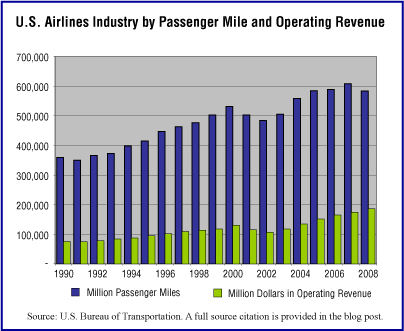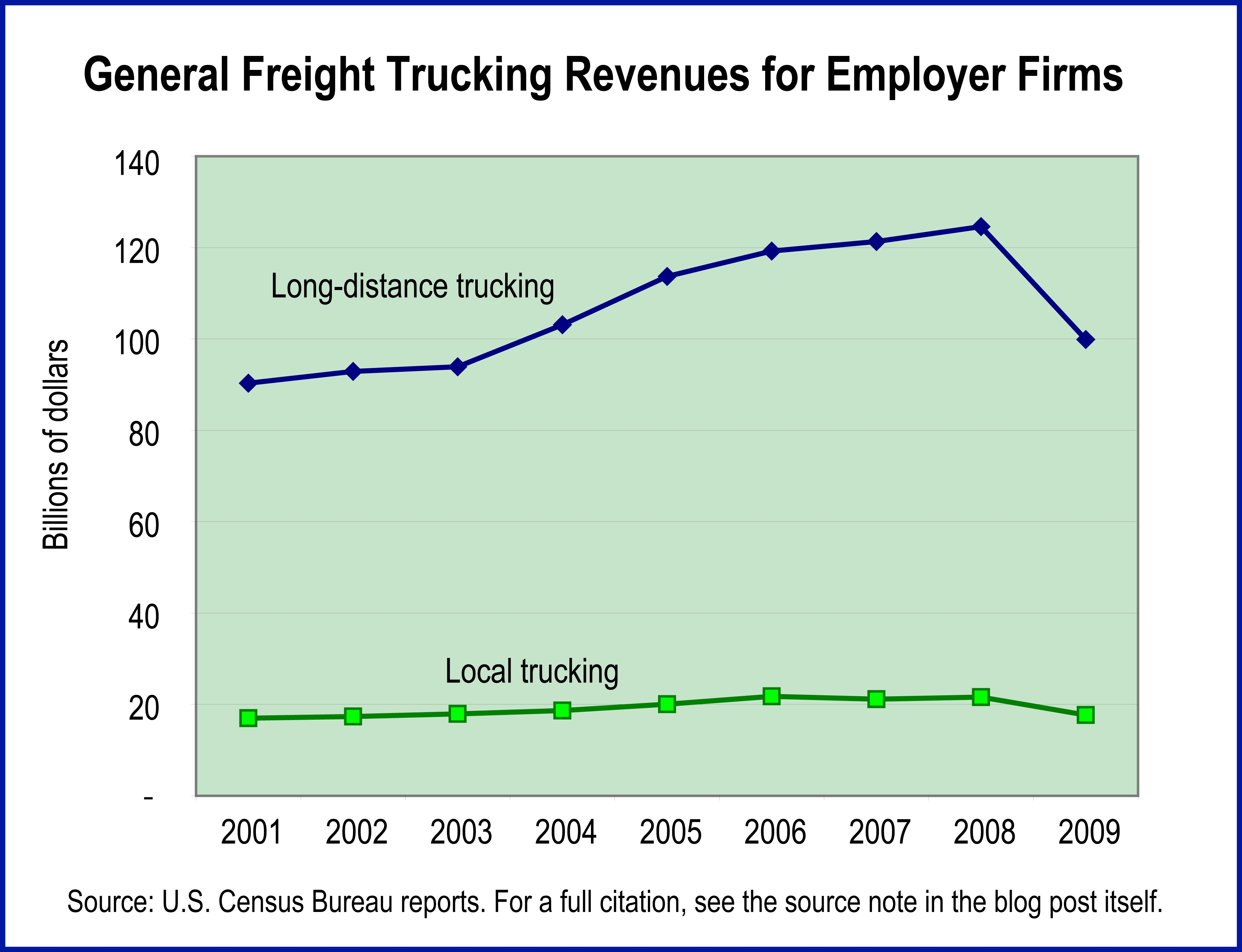Today’s market size is one based on a medical diagnosis and thus is really the size of the “customer” base for cancer treatment. Specifically, it is the number of people who were diagnosed with cancer of any type, anywhere in the world, in 2008.
Geographic reference: World
Year: 2008
Market size: 13 million
Source: “Death Rates are Down in the U.S. But Globally the Disease is Rising,” National Geographic, October 2011, page 28.
Original source: Globocan, International Agency for Research on Cancer
Posted on October 14, 2011



